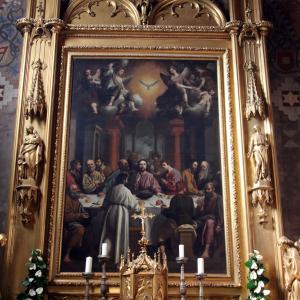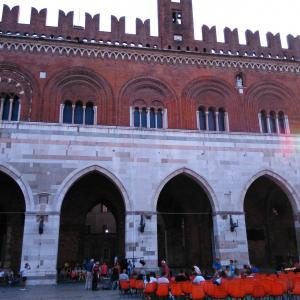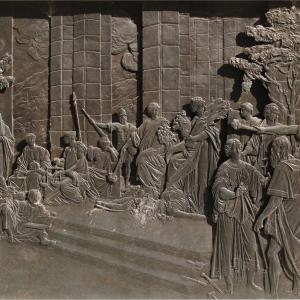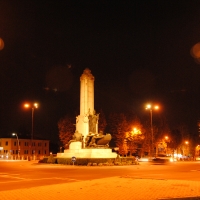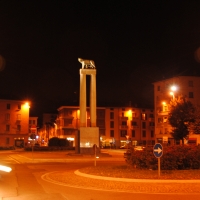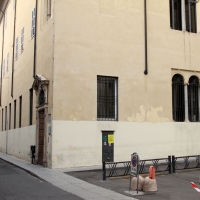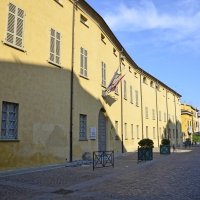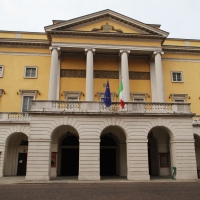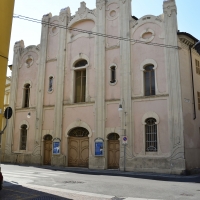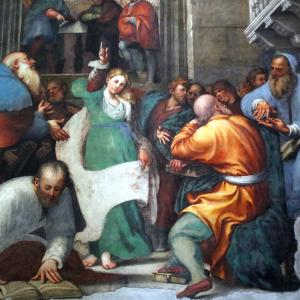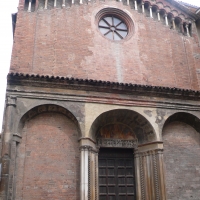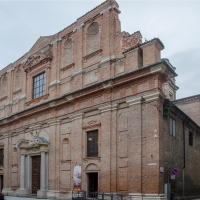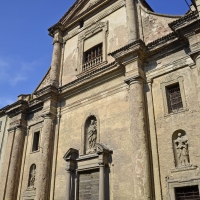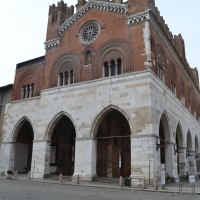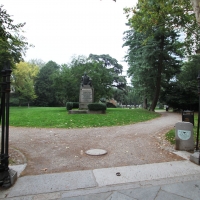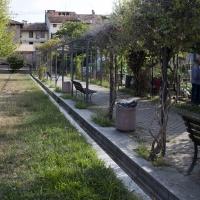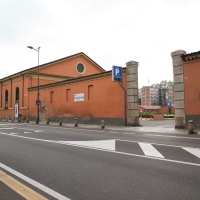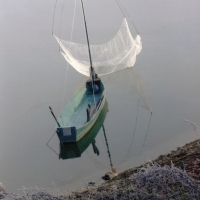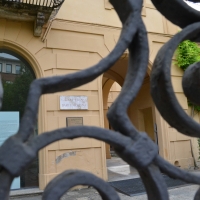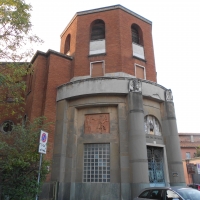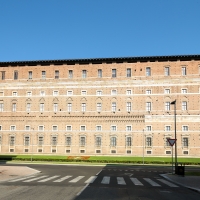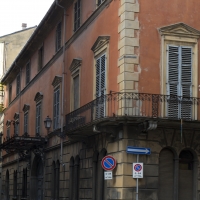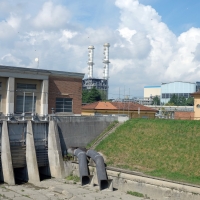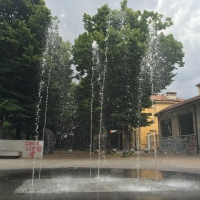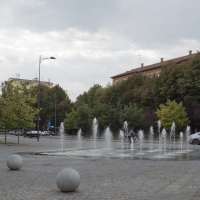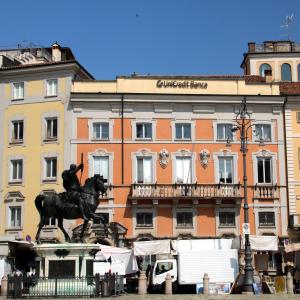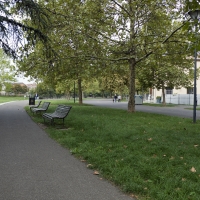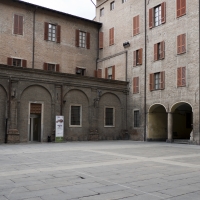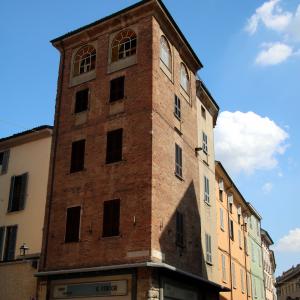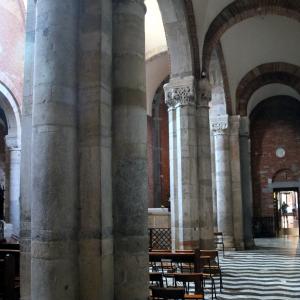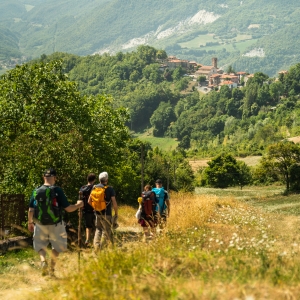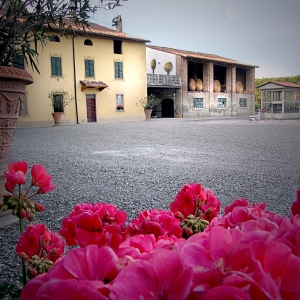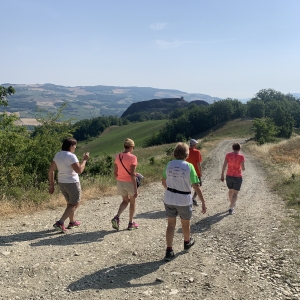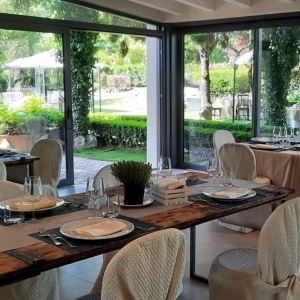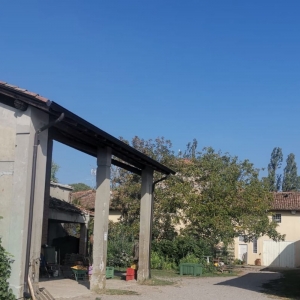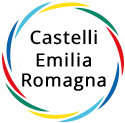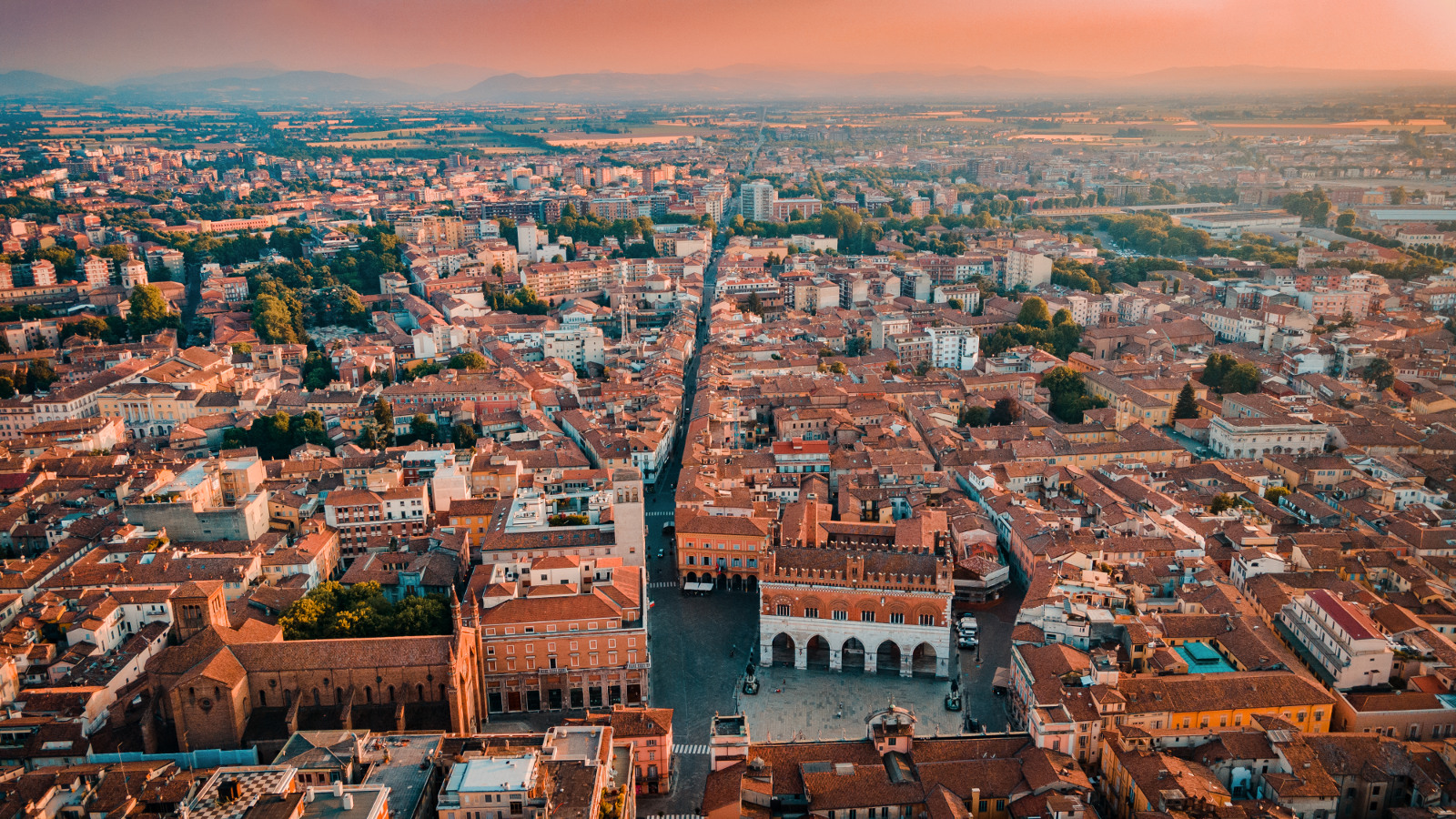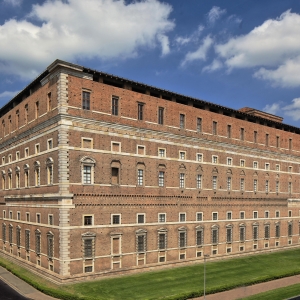Piacenza
Where it is
Located in the centre of the Padana Valley, Piacenza is on the right bank of the river Po, only 67 Km from Milan. Along the final part of the ancient Via Emilia, the town is located in the Northernmost and Westernmost part of the Emilia region.
Why visit it
This quiet, provincial town, easy to live in and dedicated to the pleasures of good food, is also characterised by small treasures, and memories of a historically rich past, like its Cathedral, ‘Palazzo Gotico’, ‘Palazzo Farnese’. Not to mention the wonderful noble mansions, its several churches and the narrow streets of the centre, which, though appearing severe, hide unexpected surprises.
When to go and what to see
Any season is good to go to Piacenza. However, we recommend spring and autumn, when the mild climate makes walking along its streets more pleasant.
Don't miss
Undoubtedly, besides the two squares, ‘Piazza Duomo’ and ‘Piazza Cavalli’, the latter being the emblem of the city with the two equestrian statues by Mochi on the background of ‘Palazzo Gotico’, further sites are worth visiting : the Romanesque ‘Sant’Antonino ’ Basilica, one of the pilgrims’ stations along the Via Francigena, with its ‘Porta del Paradiso’ (Heaven’s Gate), ‘ Santa Maria di Campagna’ church which preserves, among others, frescoes by Pordenone, and San Savino Basilica with the 12th century mosaics representing the cycle of the months.
Among the many places to visit in the streets of the city centre, San Sisto church, original home of the Raphaelesque Sistine Madonna, hidden from sight on purpose, rich in frescoes, wrought iron works and 18th century decorations, while the Municipal Theatre, dedicated to Verdi and built by Lotario Tomba, is like a miniature ‘Teatro alla Scala’.
You can’t leave Piacenza without visiting Ricci Oddi Modern Art Gallery, which offers a complete view of Italian figurative art starting from the second half of the 19th century and which could recently exhibit again "Portrait of a Lady" by Gustav Klimt stolen in 1997 and mysteriously found in December 2019.
Among the other remarkable places to visit there is the beautiful ‘Palazzo Farnese’, built by Vignola, where Palazzo Farnese Municipal Museums are located; here it is possible to admire the Etruscan liver, Botticelli’s Tondo, while Alberoni Art Gallery displays the famous ‘Ecce Homo’ by Antonello da Messina.
But taste is important too, so it is definitely worth trying at least one typical dish from Piacenza in the several restaurants and ‘trattorie’.
On the table
Not everybody knows that Piacenza is a real ‘food valley’and that it produces the biggest amount of PDO cured meats and cheeses and D.O.C wines in Italy. ‘State of the art’ food and wines to taste like ‘coppa’, salami and pancetta; ‘pissaréi e fasö’, ‘anolini’ and ‘tortelli con la coda’, ‘bomba di riso’ (first courses) and ‘piccula ad cavall’ (second course). Everything must obviously be accompanied by wines from Piacenza only, among which the red ‘Gutturnio’ is the best known.
Keeping fit
Along the Po the cycle-pedestrian embankment allows you to enjoy the river landscape, while in the city center the Facsal area is worth of a visit, it's a tree-lined avenue built on the city walls, where you can walk, run, go by bike, or you can also just relax.
Significant appointments
Besides the rich Opera and Drama season at Piacenza’s Municipal Theatre, Piacenza Jazz Fest , held in autumn, has become a nationally important event.
Useful information and advice
The center of Piacenza has a Limited Traffic Zone (ZTL), with remote control active every day from 8.00 to 19.00. Near the historic center there are both parking tolls and free parking next to the railway station. Tourist buses can do short stops in Piazza Cittadella and then park in the exchanger parkings.
In the surroundings
From Piacenza you may easily reach all the magnificent Castelli del Ducato di Parma e Piacenza (Castles of the Duchy of Parma and Piacenza) open to the public, which characterise the territory of Piacenza, as well as the neo-gothic borough of Grazzano Visconti (about 20 Km away) which takes visitors back to the past. Among the art boroughs to visit are Castell'Arquato (35km) and the ancient Bobbio (45 Km).
Monuments in the territory

